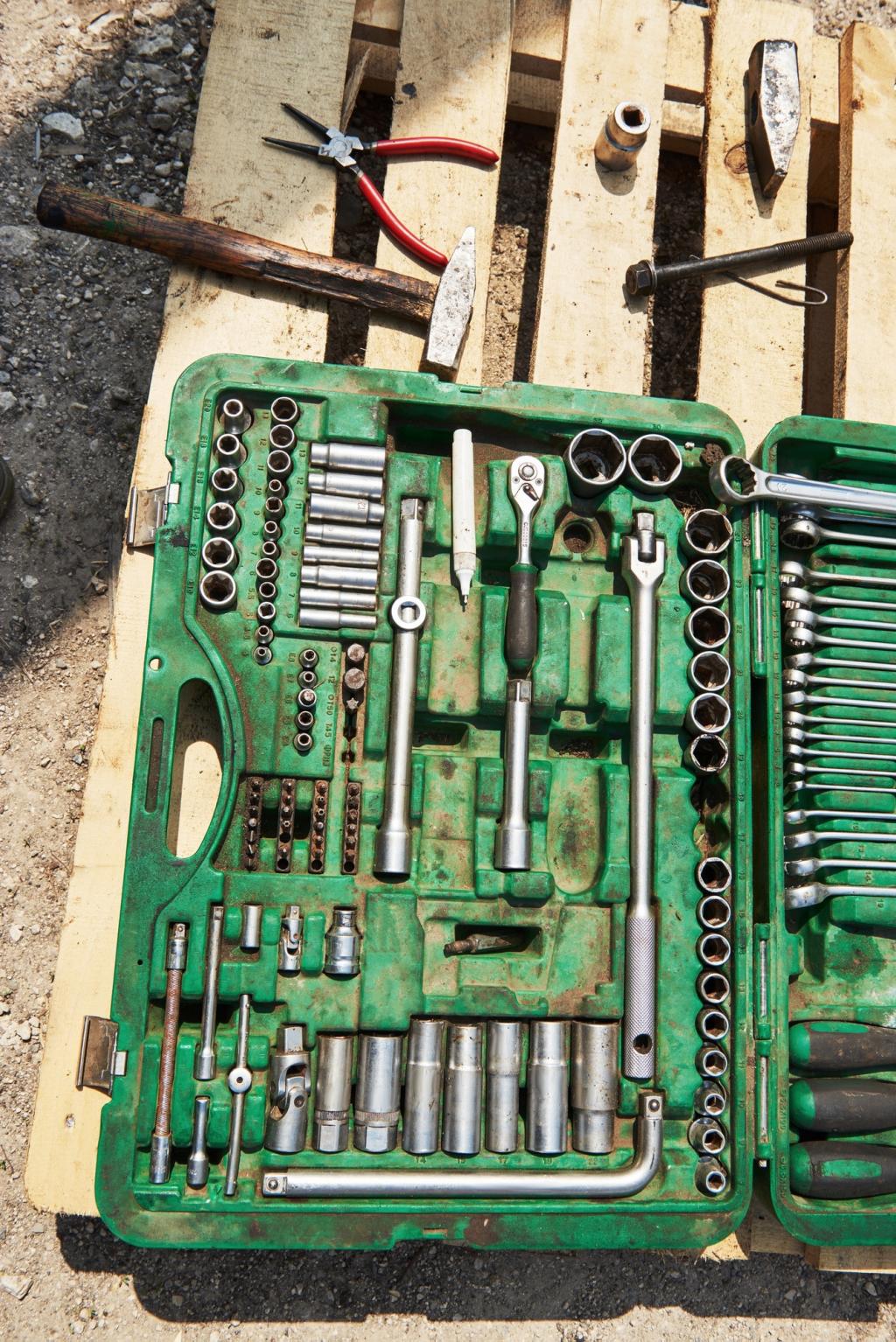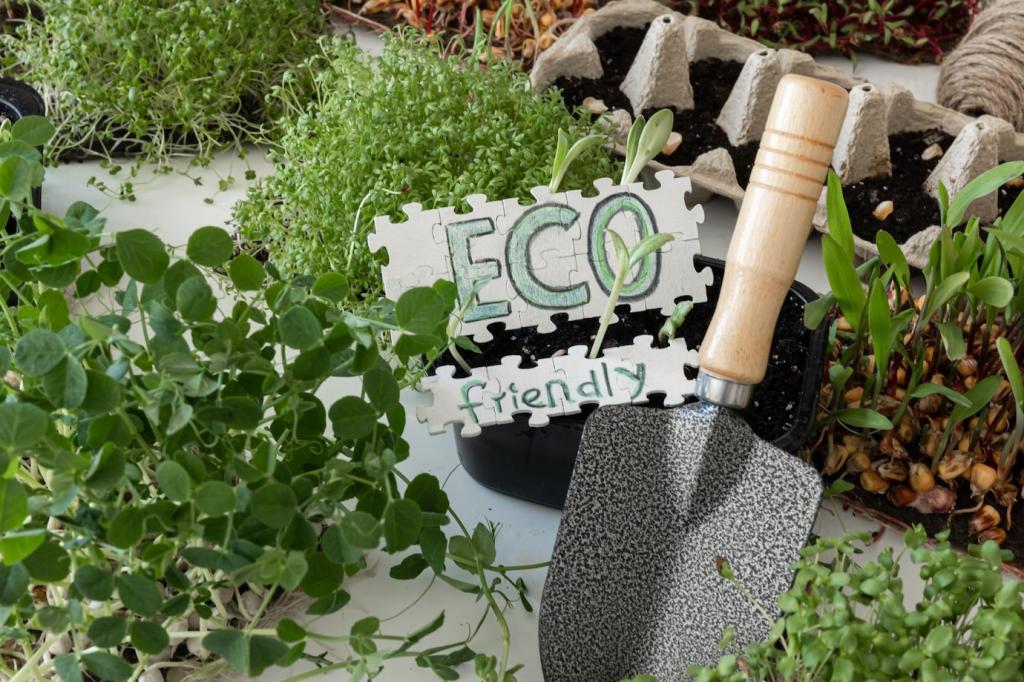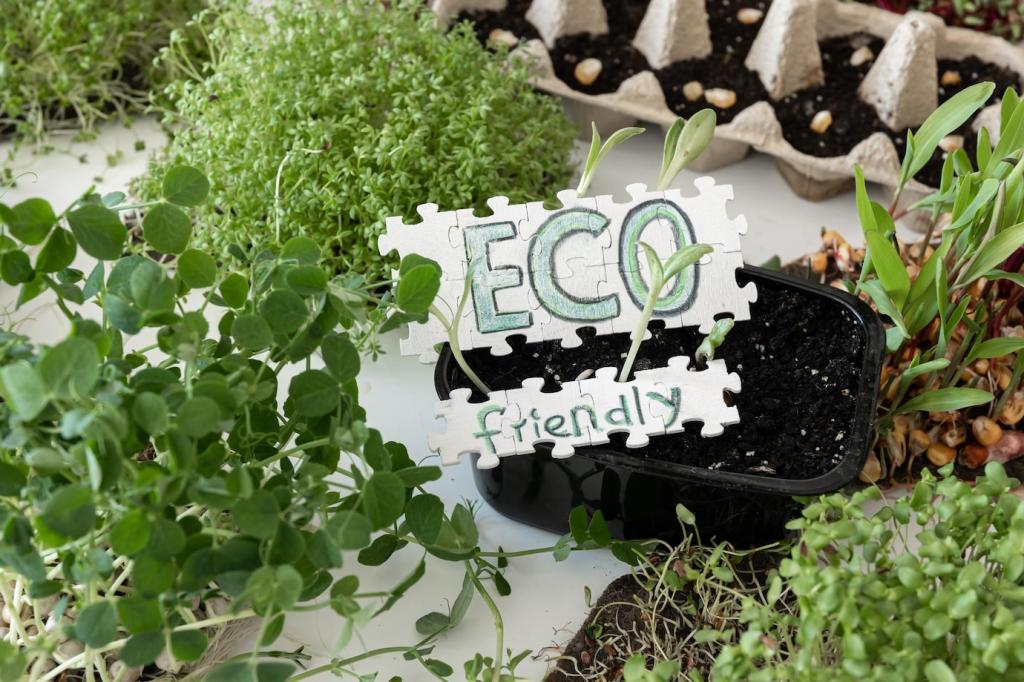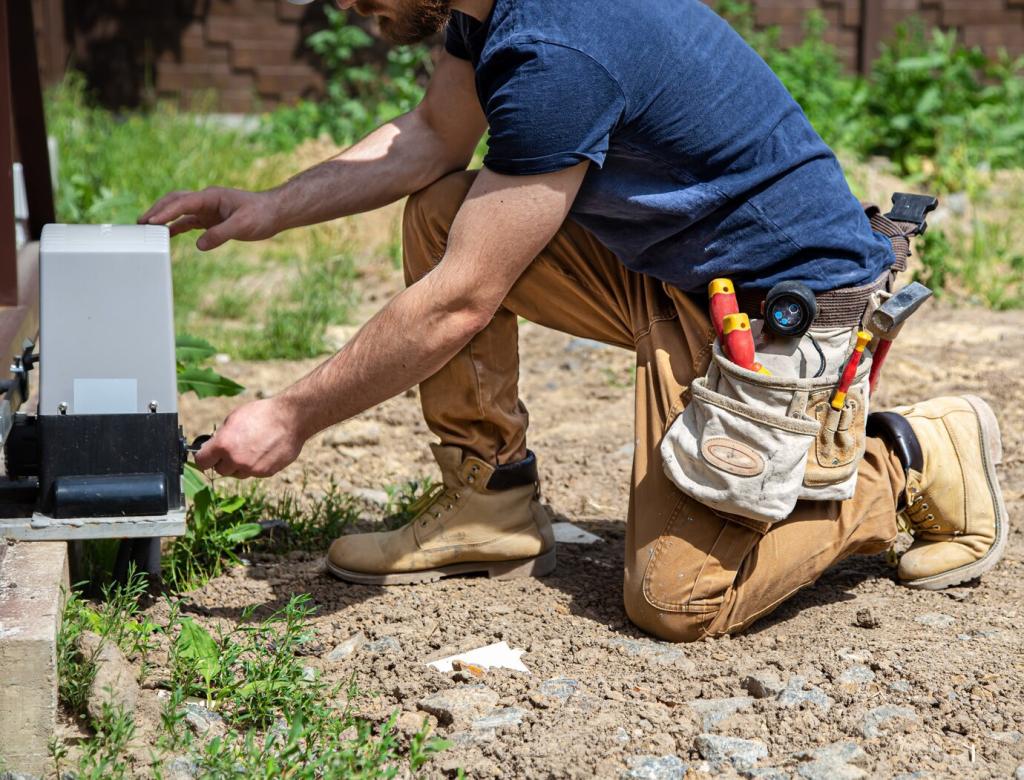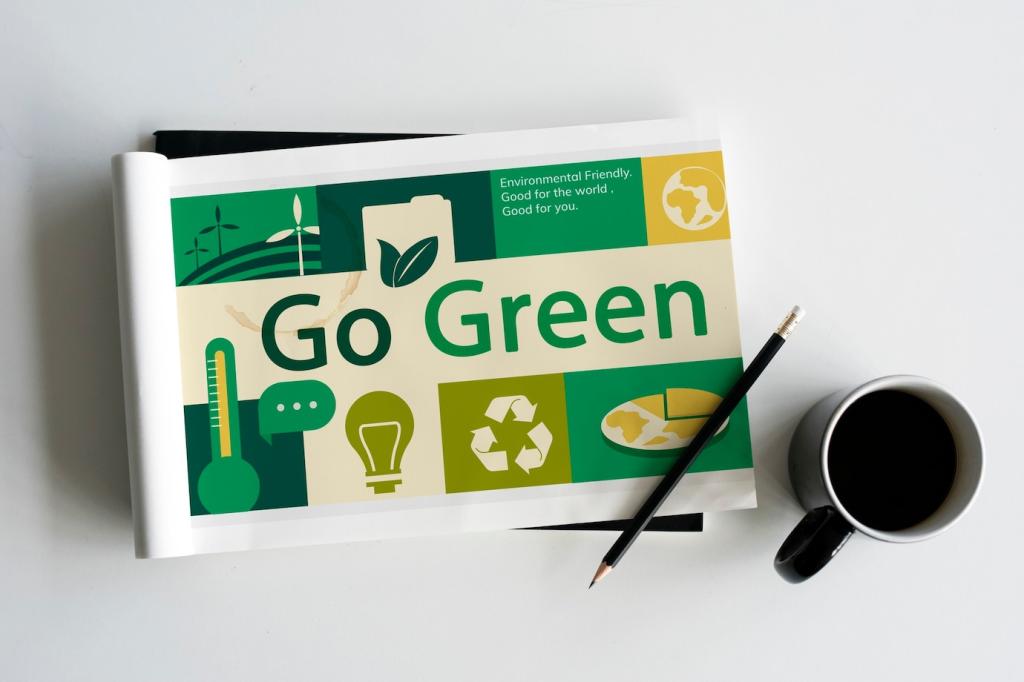Why Less Is More for Your Home and Furniture
Reducing chemical use cuts down on volatile organic compounds that linger in indoor air. Fewer harsh products means fewer headaches, less irritation, and a fresher living space. Share your experience if you’ve noticed cleaner air after simplifying your cleaning kit.
Why Less Is More for Your Home and Furniture
Aggressive solvents can strip oils from wood, cloud lacquer, or weaken fabric fibers. Gentle methods maintain the character of grain, sheen, and weave, extending the life of treasured pieces. Have you rescued a finish by switching to milder care?


